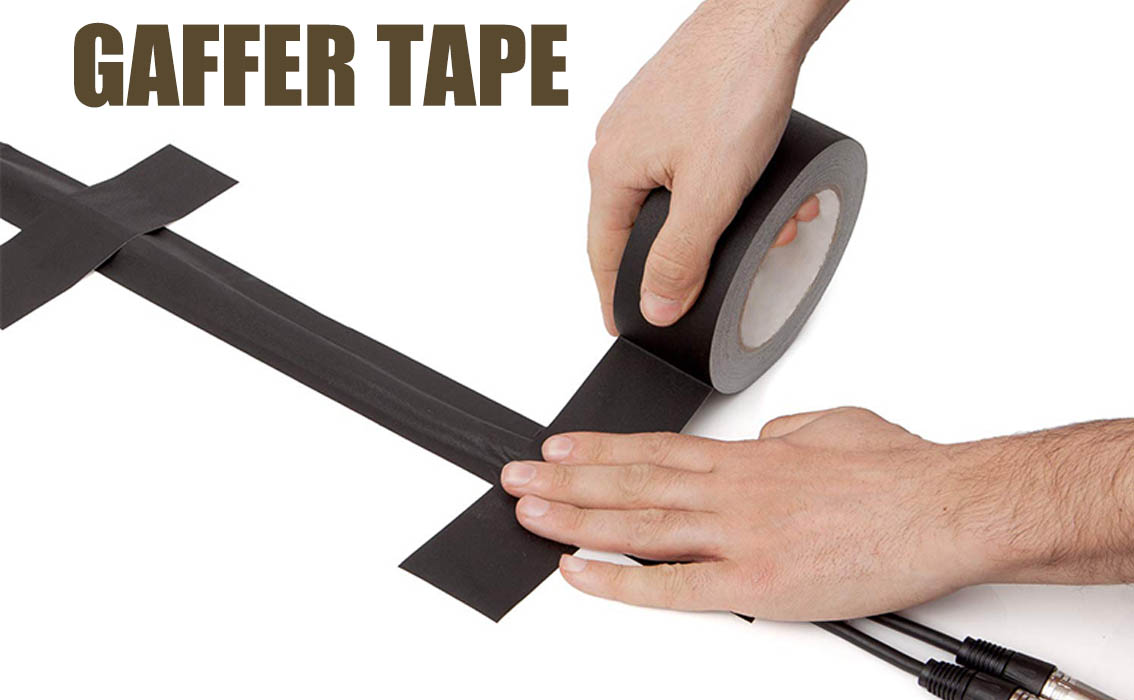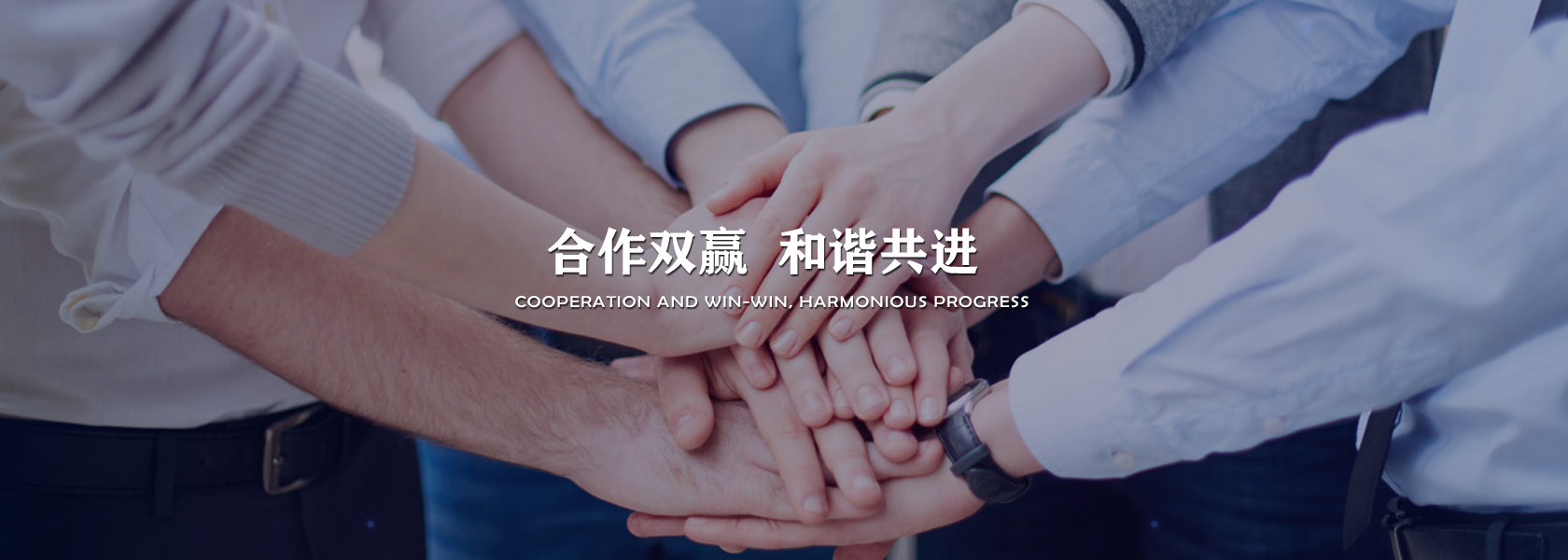
You could think of gaffer tape like duct tape's quiet cousin. They are both sturdy cloth-backed tapes suitable for indoor and outdoor purposes. However, where duct tape is all about strength, gaffer tape helps when a gentler hand is needed.
Gaffer tape doesn't come up as often as duct tape, but it is just as important. Gaffer tape is often used in theatrical productions to secure equipment and add stage markings. However, it has many uses in other industries. Before buying gaffer tape, it's important to know its uses.
Gaffer tape is made with a cloth backing, giving it greater durability than tapes made entirely of plastic. It uses non-reflective material and tends to be less adhesive than duct tape. The lack of adhesive strength isn't a bad thing and makes gaffer tape popular.
Because cloth gaffer tape doesn't adhere to materials as strong as duct tape does, it doesn't strip paint or tear fabric when removed. If you used duct tape to tape cords to your living room wall, you might tear the wallpaper if you tried to take the duct tape off. If you used gaffer tape, on the other hand, you could remove the tape without damaging your wall at all.
Gaffer tape is the tape of choice for cable management in many industries. It traditionally comes in matte black so that it fades into most floors and doesn't reflect stage lights. This is another point in its favor compared to duct tape, which is distractingly reflective. Gaffer tape is also easily torn and removed by hand, meaning it can be quickly applied and adjusted without special cutting tools.
Musicians use matte gaffer tape to secure microphone cables to the stage, baseboards, or even walls without damaging surfaces. Taping the cables down prevents tripping and makes the stage look cleaner. It's used on theatrical stages and movie sets for similar reasons.
Sound technicians and set directors appreciate gaffer tape for its ability to stick to a wide variety of surfaces with less risk of damage than other kinds of tape. Gaffer tape is strong enough to temporarily secure cables to vertical surfaces. It can inconspicuously mark where actors or dancers should stand. These marks are called "spikes" and gave rise to gaffer tape's other name: spike tape.
You can also tape down any cables in your home. This reduces tripping hazards and makes your home look more organized. Router, modem, and television cables are good candidates. Try taping different cords with different colors of fluorescent cloth tape so that you remember which cord connects to which device.
While black is most common, cloth gaffer tape is available in a variety of colors to fit any situation. You can even find fluorescent gaffer tape!
Gaffer tape's fabric surface makes it ideal for wrapping tool handles for a better grip. While there are other anti-slip tapes, many people prefer the feel of cloth tape. You can wrap it around the handles of small tools such as hammers and shears. It can also serve as hockey tape for athletes to get better grips on their hockey sticks. You can personalize your equipment by picking a distinctive gaffer tape color or making a striped pattern using two different colors. When the tape wears out, it's easy to remove and replace.
While gaffer tape is most commonly used for industrial purposes in performances, it can come in handy in several home applications. The list of potential gaffer tape uses is always expanding.
Gaffer tape is excellent for temporarily marking floors in playrooms. For example, you could section out an area of the floor to store toys. You can also create hopscotch grids or roads for toy cars to travel. Fluorescent gaffer tape will come in handy because children love the bright colors. You could even pick a glow-in-the-dark gaffer tape for late-night games.
If your kids get new toys, no problem: peel off the gaffer tape and mark out a new area. Clean the new surface before application to ensure that the gaffer tape adheres properly.
Photographers often use gaffer tape in their work. It's ideal for temporarily securing props in place because it's durable but easily adjusted. It's also heat-resistant and won't lose its form under bright studio lights. Some photographers mark their full memory cards with red gaffer tape, so they don't accidentally put them back in the camera.
Gaffer tape's durability makes it great for labeling. If you're running a local event like a bake sale, use gaffer tape to label different types of food. You could also add labels with your kids' names to their backpacks, water bottles, or other items that tend to wind up in the lost-and-found. When labeling items, use light-colored tape so that your writing stands out.
Gaffer tape applied to the bottoms of your shoes can prevent squeaking. This is a trick commonly used in theater to prevent shoes from squeaking on stage. While squeaky shoes aren't a hazard like loose cables, it's nice to have an easy solution to an irritating problem. Plus, it's an excellent way to use small scraps of gaffer tape leftover from big projects.
If you have any questions on any of our products or services, one of our branded packaging advisors is standing by to assist. Want to know more about custom packaging options? Please call us at 020-3482-0056 or contact us via email yongjin@gzyjjd.com



